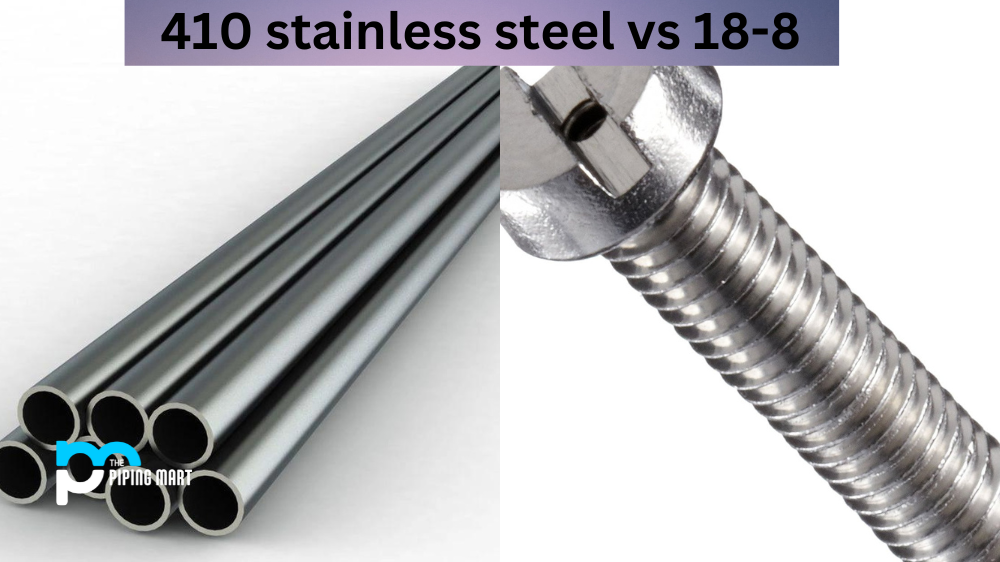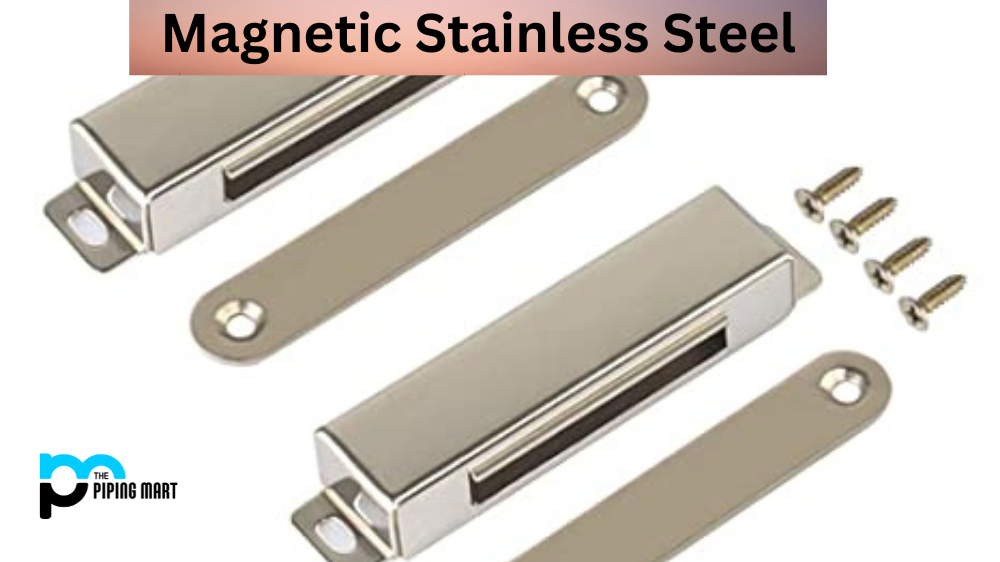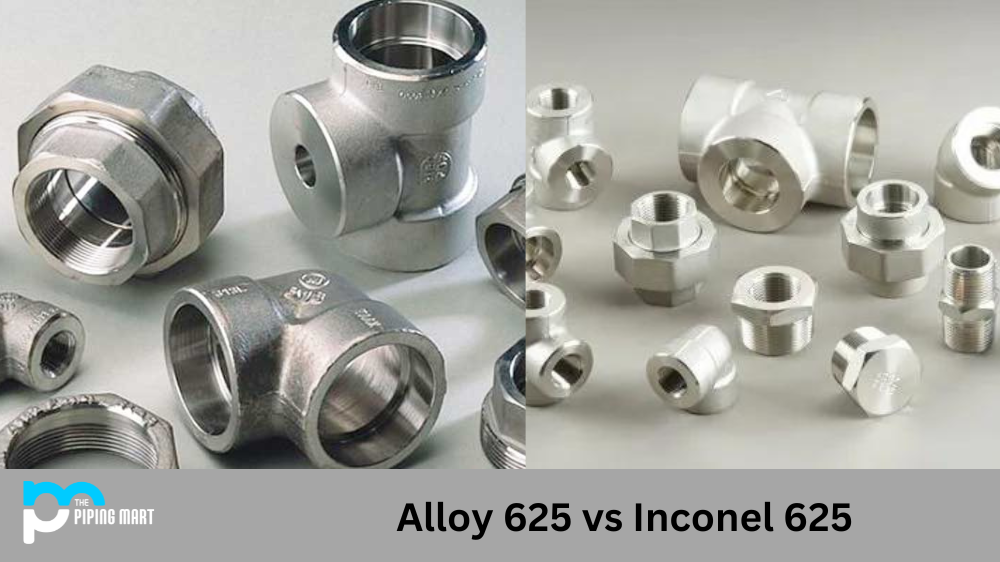Stainless steel is one of the most popular materials used in various industries, such as construction, automotive, and aerospace. It is corrosion-resistant and durable, making it suitable for many applications. However, not all stainless steel types are created equal. Two of the most commonly used types are 410 stainless steel and 18-8. If you’re looking for the right material for your project, you need to understand the differences between the two. In this blog, we’ll dive into the properties, applications, and pros and cons of 410 stainless steel and 18-8.
What is 410 Stainless Steel?
410 stainless steel is a martensitic stainless steel that contains 11.5% chromium. This alloy is known for its good corrosion resistance, machinability, and weldability. Additionally, 410 stainless steel is magnetic.
What is 18-8 Stainless Steel?
18-8 stainless steel is austenitic stainless steel that contains 18% chromium and 8% nickel. This alloy is known for its excellent corrosion resistance and high strength. Additionally, 18-8 stainless steel is non-magnetic.
Difference Between 410 Stainless Steel and 18-8
Composition
Their composition is the biggest difference between 410 stainless steel and 18-8 stainless steel. As mentioned above, 410 stainless steel contains 11.5% chromium, while 18-8 stainless steel contains 18%. The extra chromium in 18-8 stainless steel makes it more corrosion-resistant than 410 stainless steel. Additionally, 18-8 stainless steel contains 8% nickel, while 410 stainless steel contains no nickel. Adding nickel makes 18-8 stainless steel more ductile and less likely to crack under stress.
Properties
The different composition of these two alloys also leads to differences in their properties. For example, 410 stainless steel is more magnetic than 18-8 stainless steel due to the presence of chromium in its composition. Additionally, 410 stainless steel is less corrosion resistant than 18-8 stainless steel due to the absence of nickel in its composition. However, 410 stainless steel is more machinable than 18-8 stainless due to the higher levels of carbon present in its composition.
Uses
The different properties of these two alloys make them suitable for different applications. For example, 410 stainless steel is often used in knives and other cutting tools due to its good machinability. In comparison, 18-8 stainless steel is often used in food processing equipment due to its high corrosion resistance.
Conclusion
Understanding the properties, applications, and pros and cons of 410 stainless steel and 18-8 is crucial if you’re looking for the right stainless steel grade for your project. While both materials have advantages and disadvantages, it ultimately comes down to your project’s requirements. Remember that 410 stainless steel is ideal for high-stress applications that require wear resistance and toughness, while 18-8 is ideal for applications that require corrosion resistance and versatility. Consider the cost of each material and your project’s specific needs to make an informed decision.

A passionate metal industry expert and blogger. With over 5 years of experience in the field, Palak brings a wealth of knowledge and insight to her writing. Whether discussing the latest trends in the metal industry or sharing tips, she is dedicated to helping others succeed in the metal industry.




